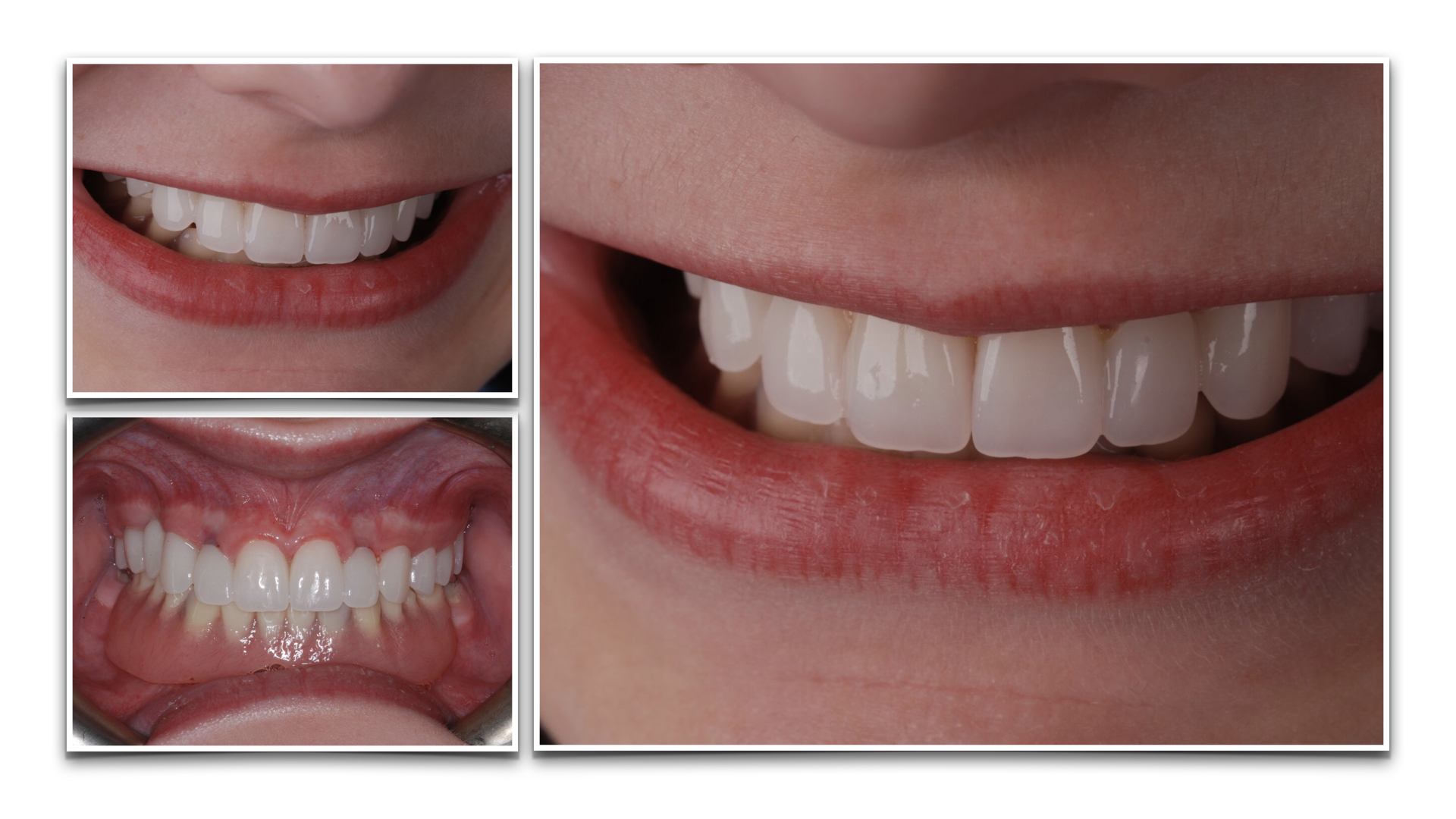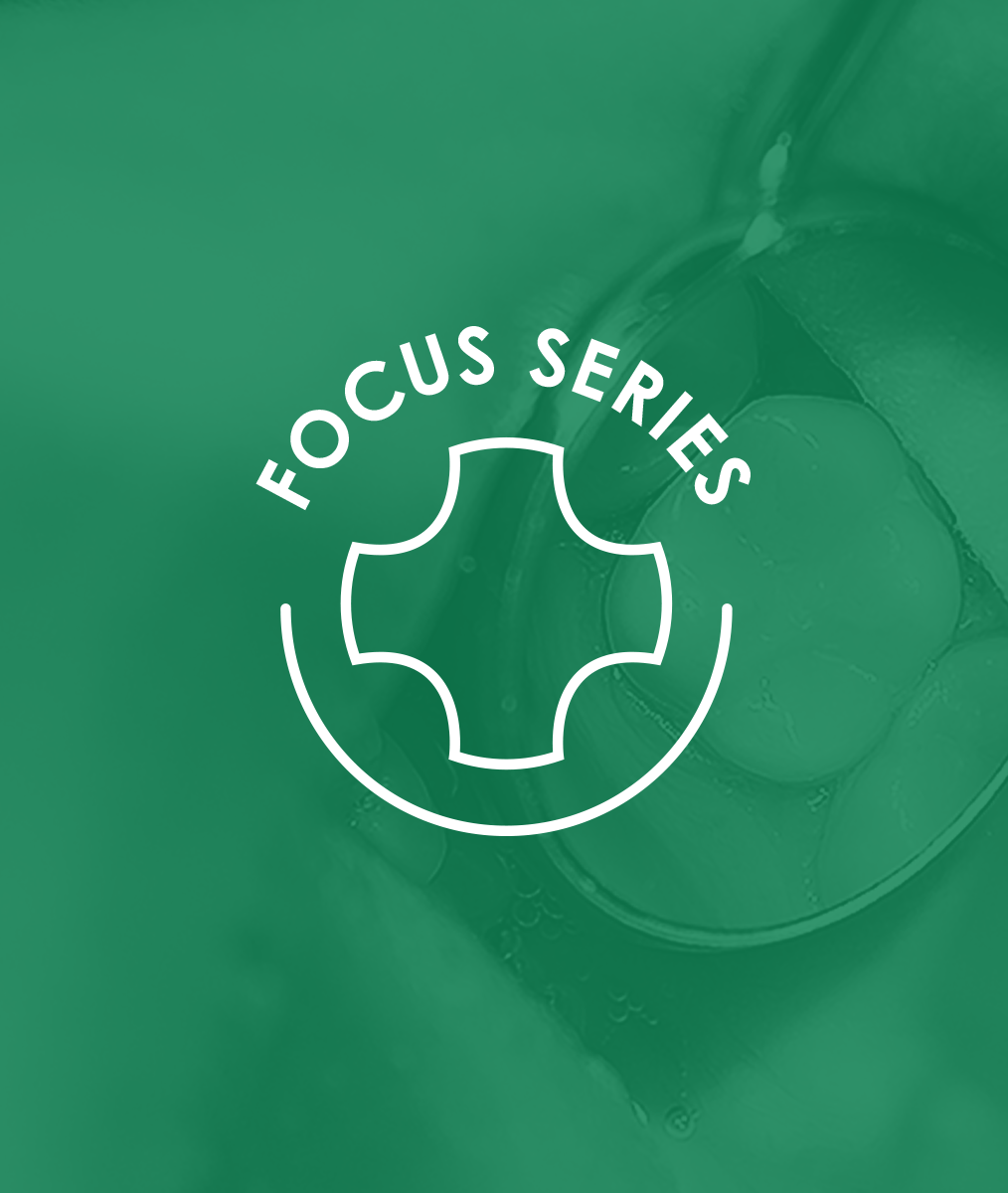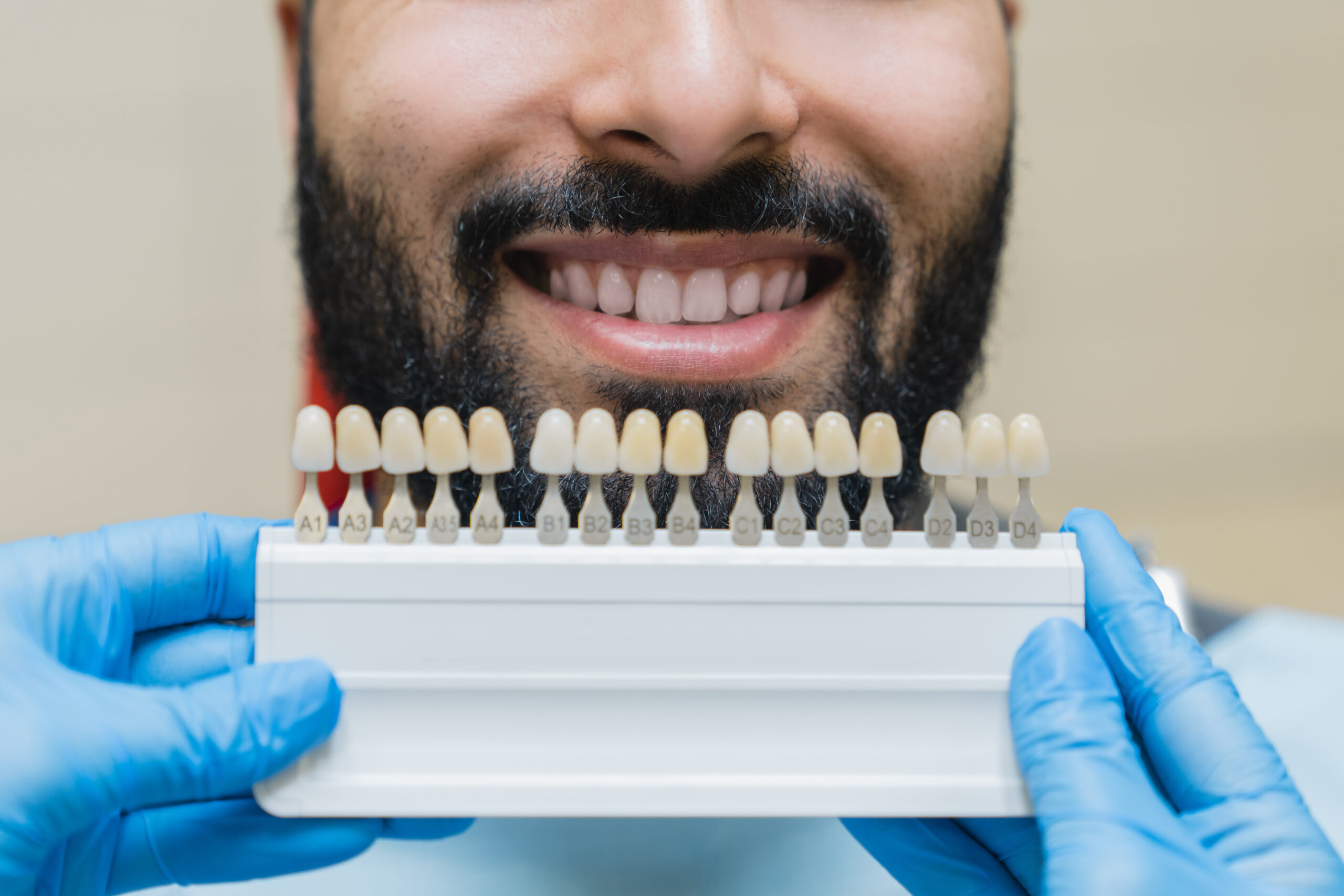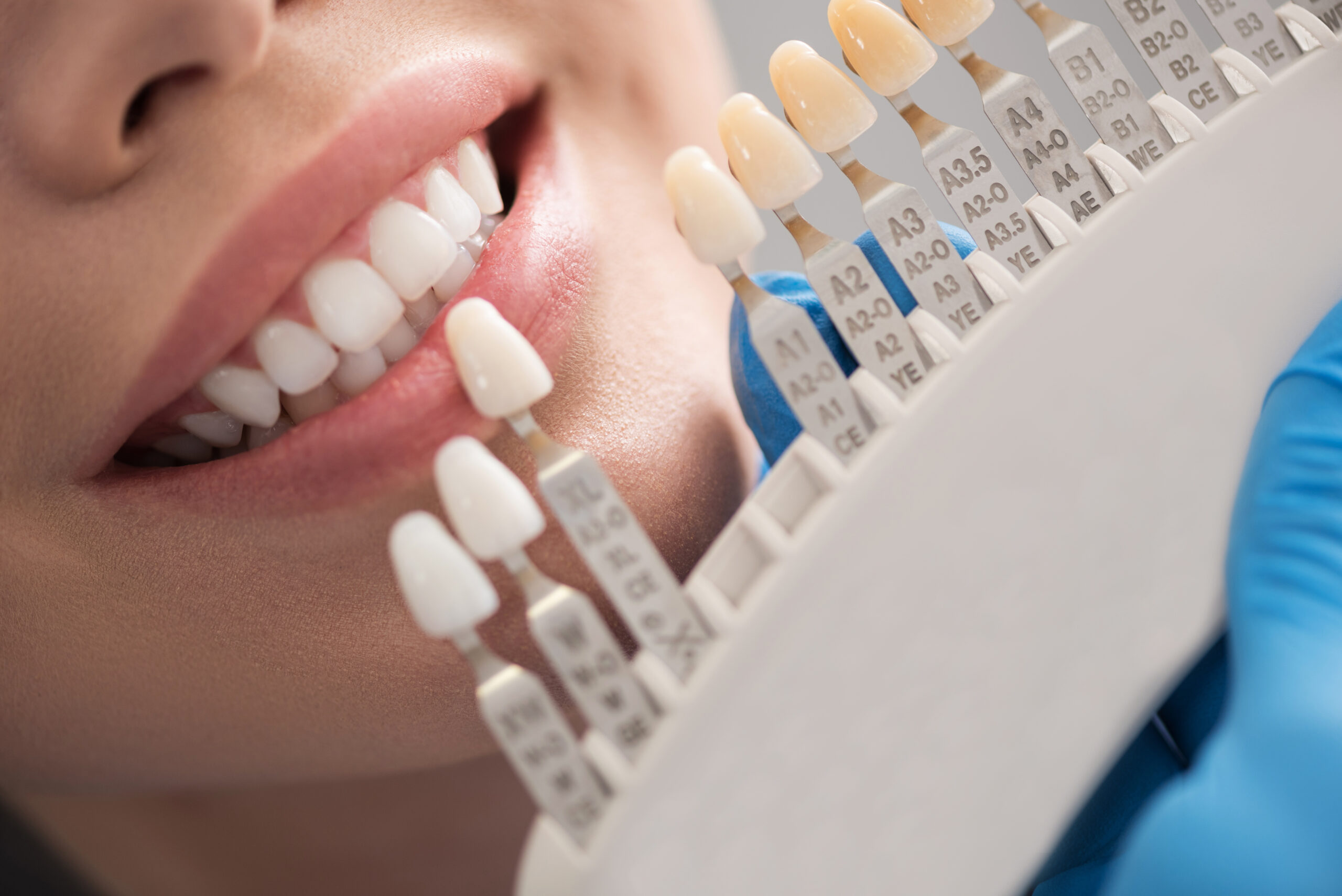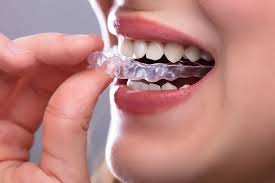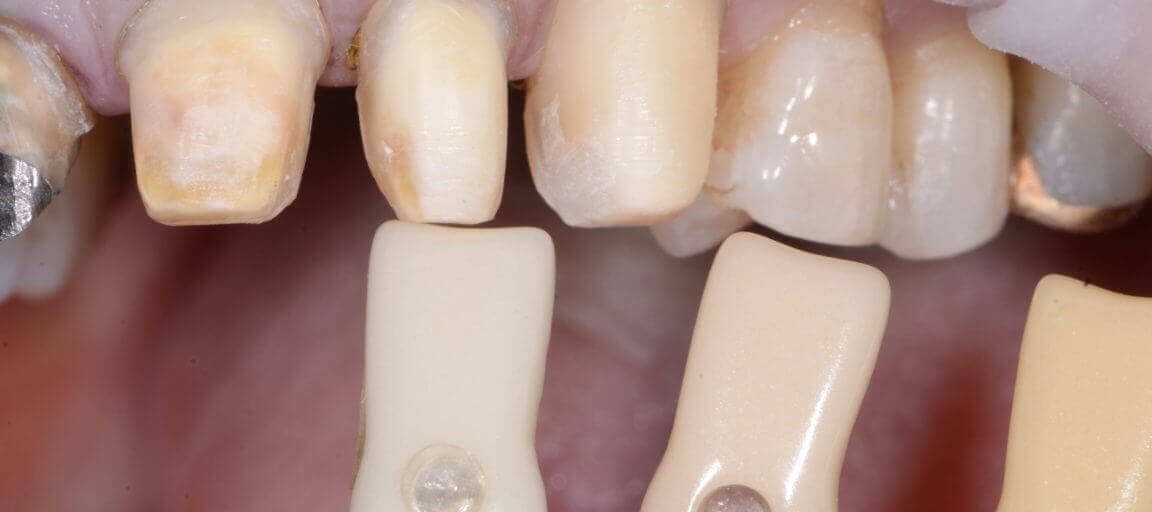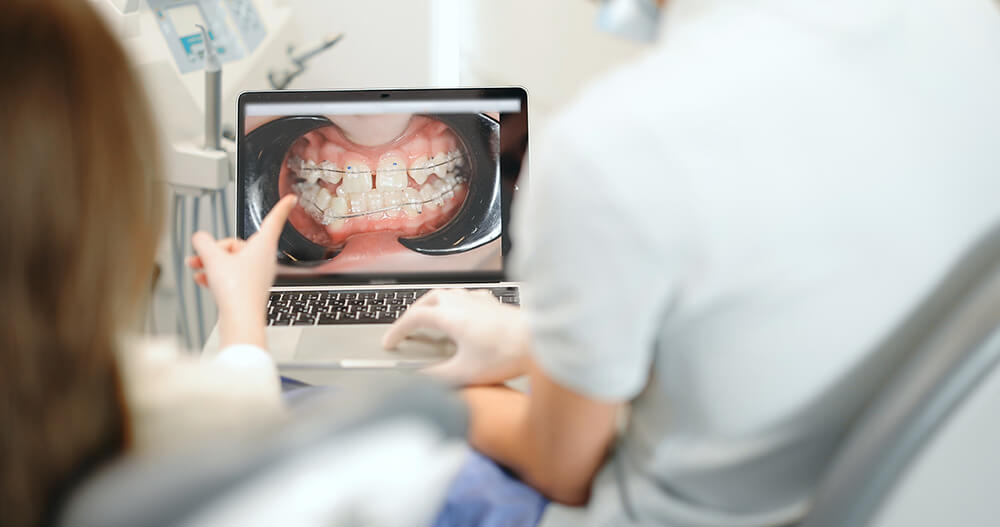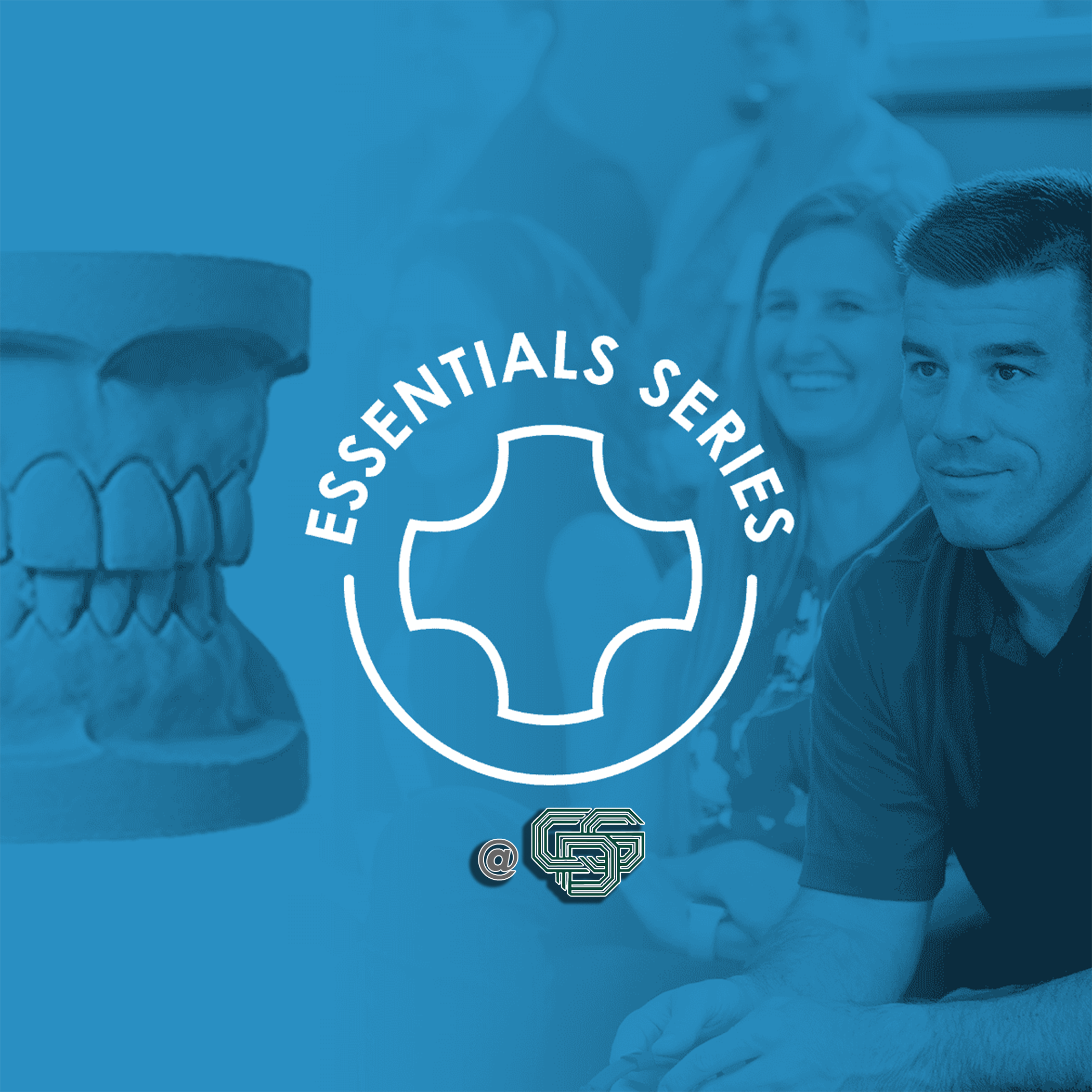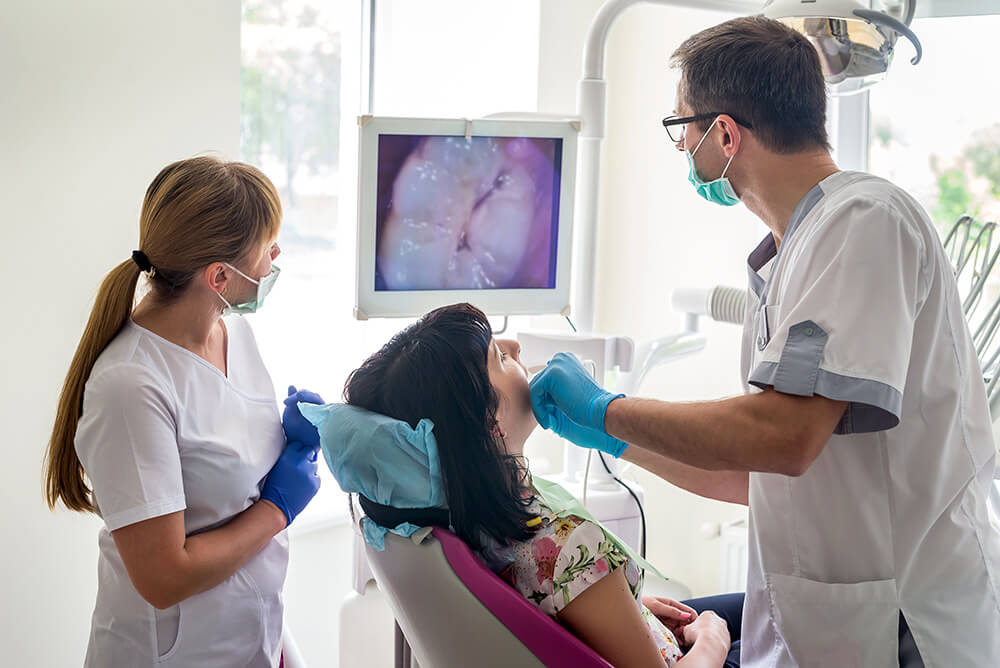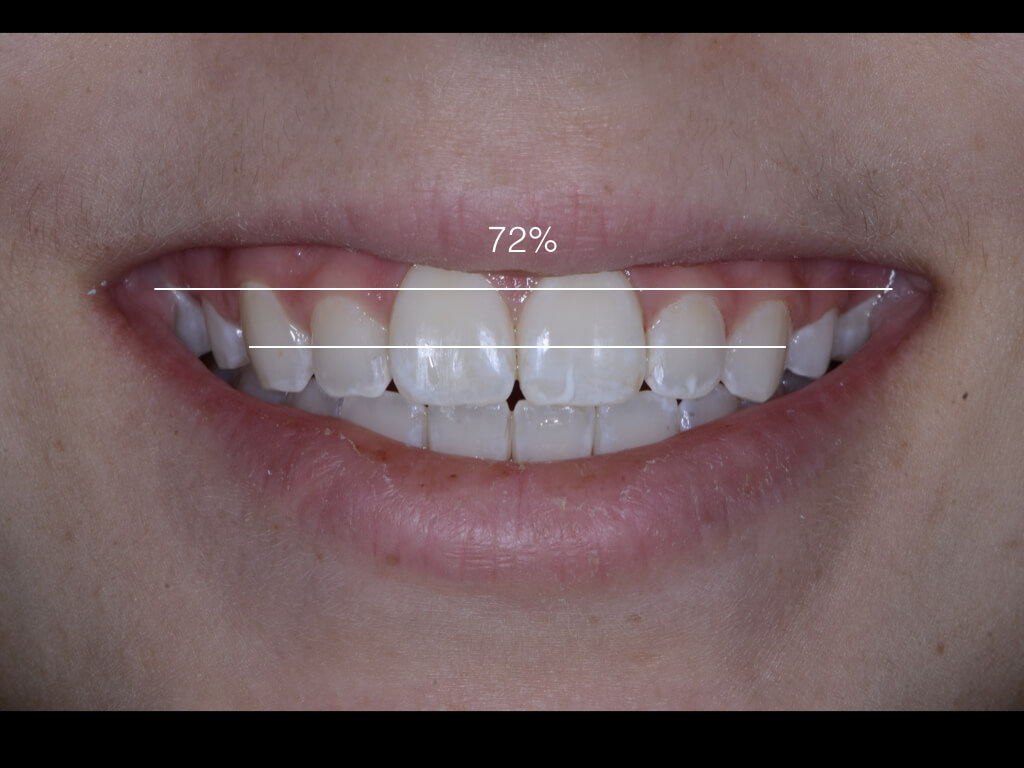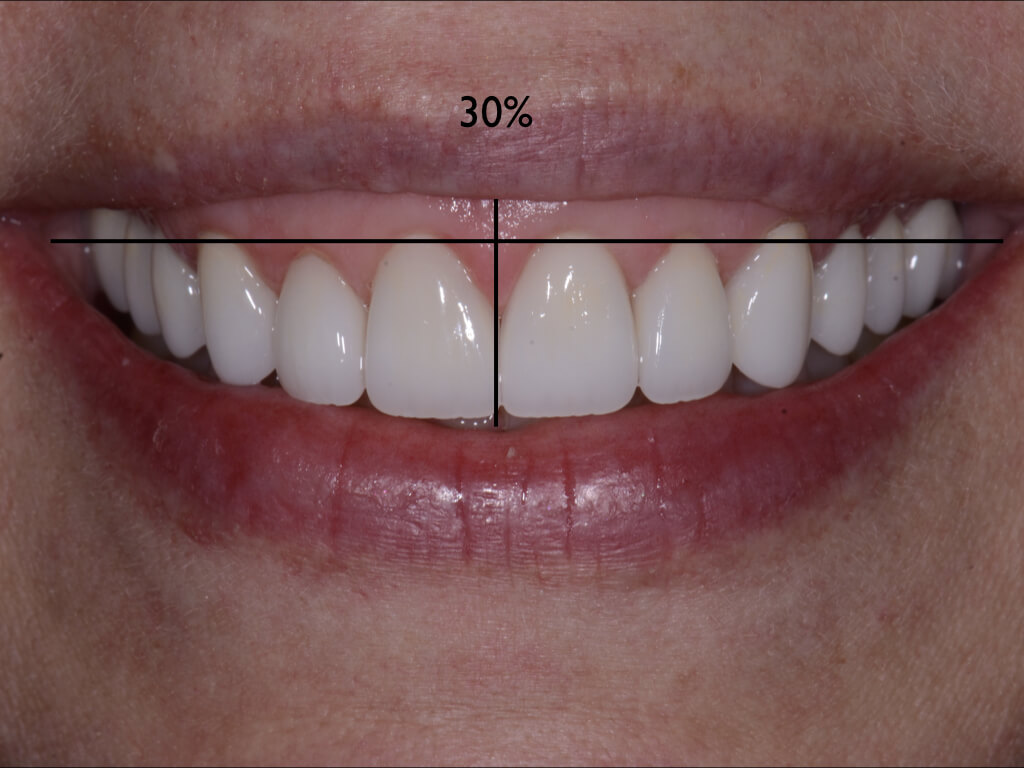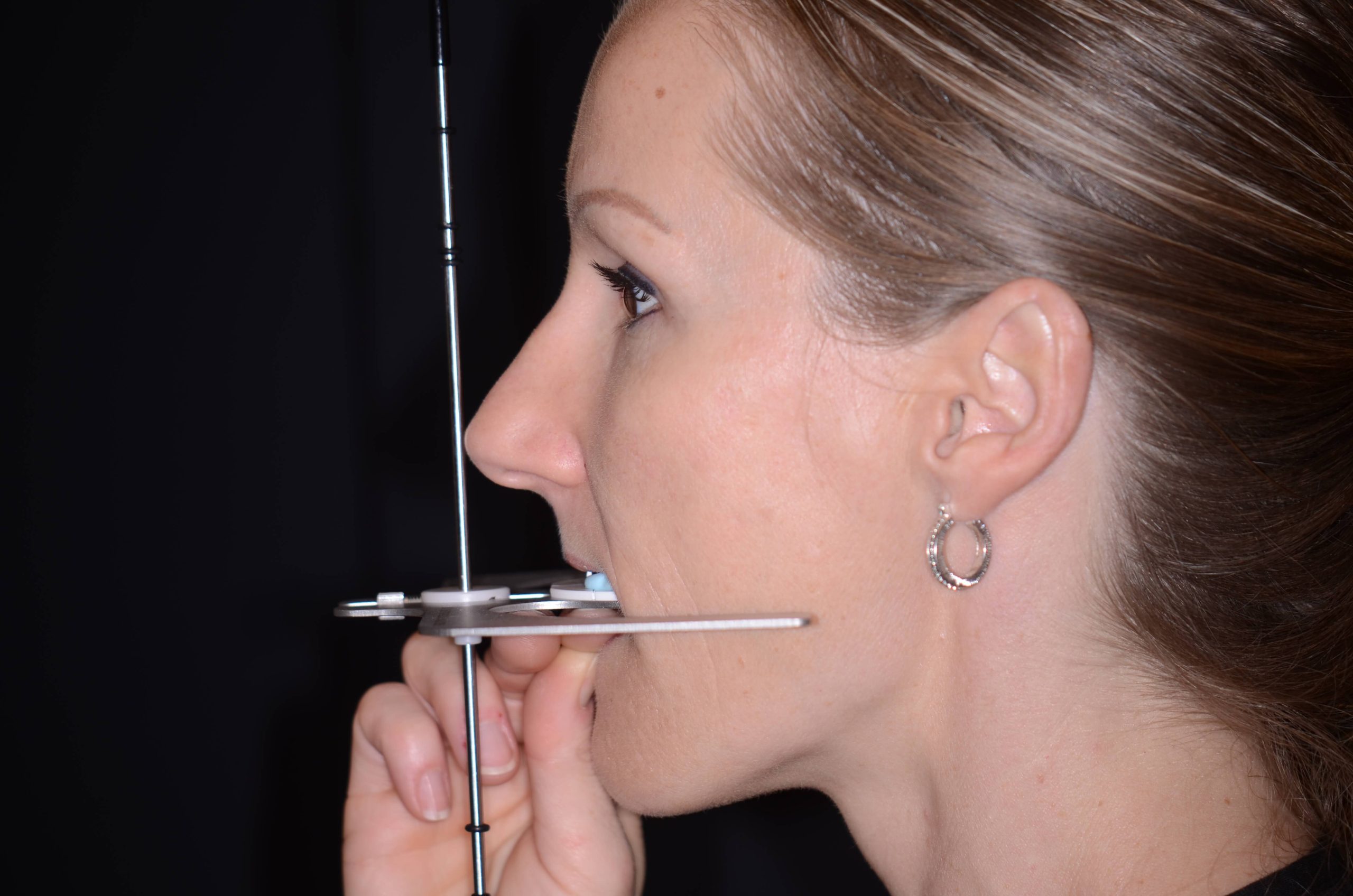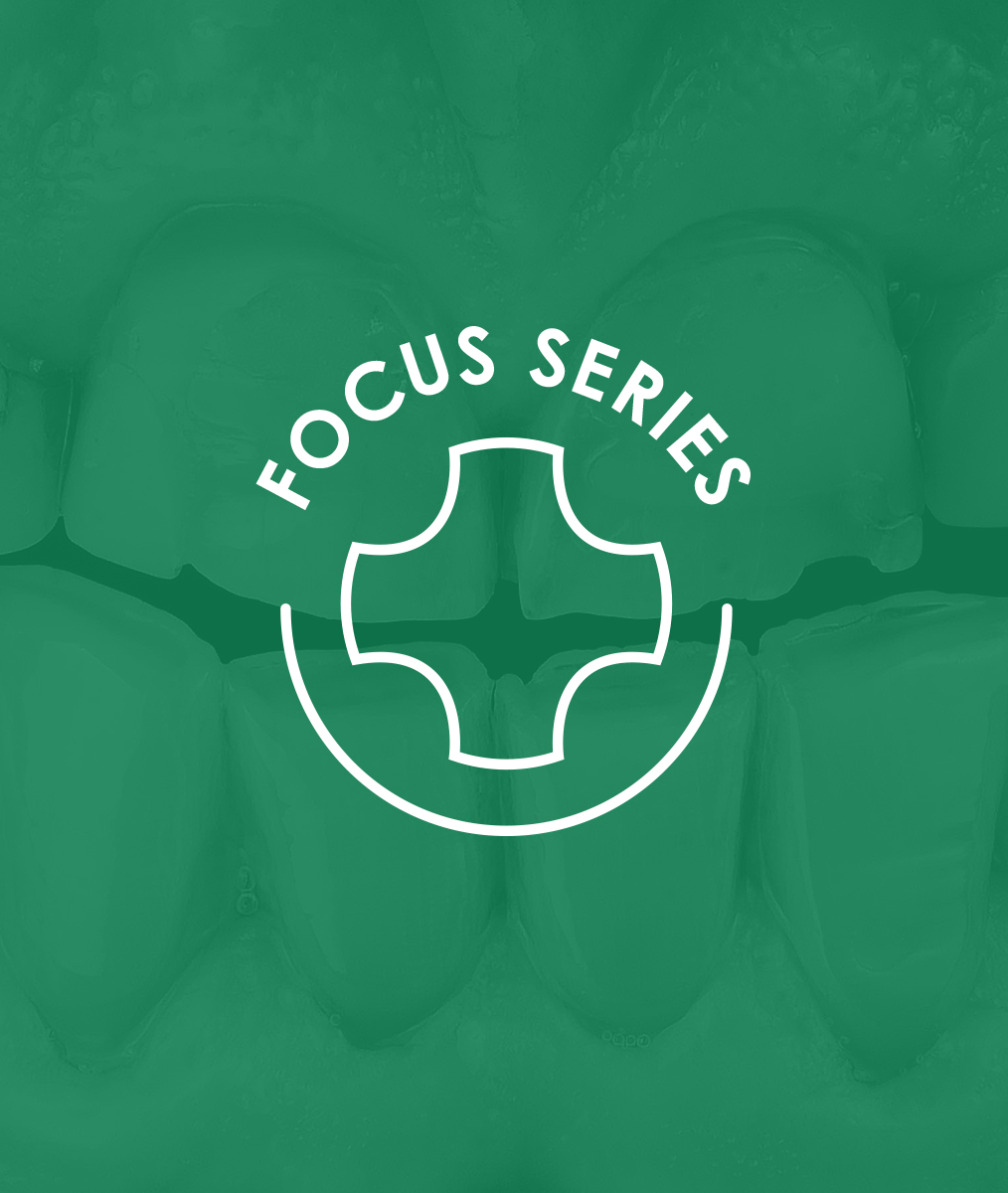Best Day Ever
By Daren Becker, DMD
A 16-year-old girl presented with the worst case of ectodermal dysplasia I had ever seen.. She was missing all of her lower teeth except for her 12-year molars. She presented with a lower denture (made by a previous dentist) on two temporary implants in the canine position. She had only a few maxillary teeth that were malformed; some of these were still her primary teeth. The appearance of her smile made her look like she was a 9 year old child.
She was embarrassed by her smile and realized she would need implants and restorative dentistry down the road. At the time, she was too young. Our hearts went out to her.
Another dentist had recommended direct bonding, which certainly could have worked, but I thought that we could get a better aesthetic result for her with significantly less time in the chair. So, we captured preclinical digital impression scans with our iTero scanner and along with Matt Roberts at CMR Dental Lab in Idaho, we designed a digital wax-up for an improved occlusion and smile. From there, we had milled PMMA (Polymethyl Methacrylate) overlays created that we direct bonded onto the existing dentition as a long-term temporary solution. We did not need to prep any teeth, and we quickly gave her a broad beautiful smile that looked natural and age appropriate.
She was in tears. We were in tears. Her mom and sister were in tears. It was the best day ever!
Soon after, she got a part as an extra in a series filmed here in Georgia, and is thinking about a career in acting. Seeing her life change with simple, comfortable clinical procedures has been priceless.
Related Course
Direct Composite: Predictable, Easy and Beautiful
DATE: October 25 2024 @ 8:00 am - October 26 2024 @ 4:00 pmLocation: The Pankey Institute
CE HOURS: 14
Regular Tuition: $ 2195
Single Occupancy with Ensuite Private Bath (per night): $ 290
Achieving Predictable and Stunning Anterior Results Direct composite is something we do every day in our practices. Yet, they can sometimes be frustrating when we don’t get a tight contact…
Learn More>
